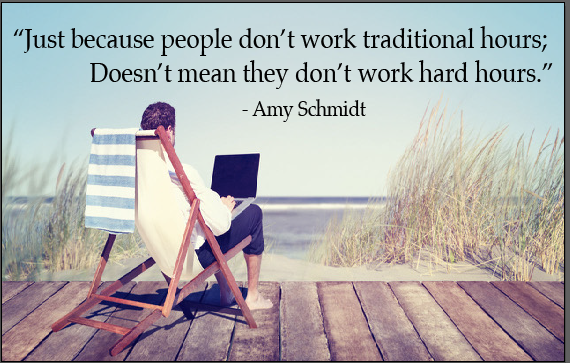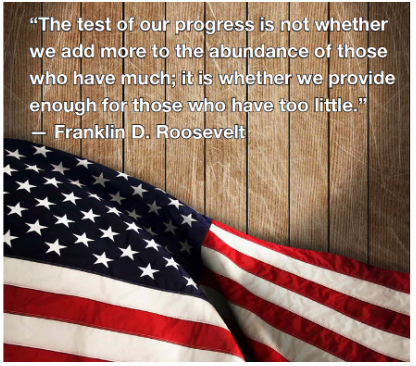
A healthy diet, as well as getting plenty of rest and physical exercise will decrease the risk of getting pneumonia.
Here are 6 tips to prevent pneumonia!
1. Know the Symptoms of Pneumonia in the Elderly
According to the Infectious Disease Clinics of North America, sometimes there are challenges to the diagnosis of pneumonia in seniors because they may not suffer the classic symptoms like fever, chills and cough. Also, watch for non-respiratory symptoms like weakness, confusion, delirium or dizziness, or other, more vague symptoms — especially in those with dementia or Alzheimer’s disease, which can impair the accurate reporting of pneumonia symptoms.
2. Practice Good Hand Hygiene
Ordinary respiratory infections, colds and influenza can sometimes lead to pneumonia; the Mayo Clinic advises that you wash your hands regularly or use hand sanitizer to help prevent the spread of these illnesses.
3. Practice Good Oral Care
Bacteria from the mouth can be aspirated into the lungs, especially in people who may not be able to swallow effectively. Good oral care will decrease the bacteria that could cause aspiration pneumonia.
4. Make Sure Seniors Get Immunized
The Mayo Clinic and the National Heart, Lung and Blood Institute both advise seniors and others at risk for pneumonia to get vaccinated against bacterial pneumococcal pneumonia. It’s a one-time vaccine that can prevent or reduce the severity of pneumonia. Your doctor may also suggest a booster vaccine after 5 years. It’s also a good idea to vaccinate seniors against influenza.
5. Don’t Smoke
Smoking is a major risk factor for pneumonia — it greatly increases a person’s likelihood of getting the disease, because it harms the ability of the lungs to defend against infection. Quitting smoking can help at-risk seniors defend against pneumonia.
6. Stay in Good General Health and be Active
Good overall health habits are critical to preventing pneumonia in seniors and in everybody, because they keep the immune system strong and able to fight off infection. A healthy diet, as well as getting plenty of rest and physical exercise will decrease the risk of getting pneumonia.
Article Provided by:
Advanced Lifeline Respiratory Services
800-928-9036
www.ALSVents.com
Search Retirement Connection Listings for Residential Care Facilities
Search Residential Care Facilities for Grants Pass
Search Residential Care Facilities for Klamath Falls
Search Residential Care Facilities for Medford
Search Residential Care Facilities for Roseburg





